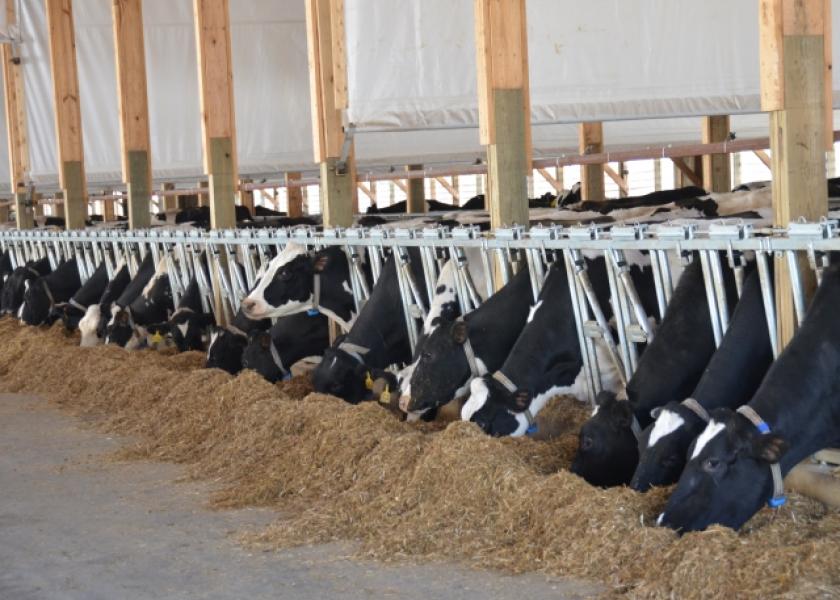Market Analyst Offers Insights into Dairy

Dairy producers have felt the whiplash milk prices have delivered, swinging from record highs last spring to extreme lows this summer which was caused by a combination of events.
Alyssa Badger, vice president of global operations at insights at HighGround Dairy, shared with AgriTalk’s host, Chip Flory, that stronger than expected global milk production growth, specifically in the U.S. due to high prices and bearish demand, has reflected on 2023’s milk checks.
“Here we are in 2023 and trying to remove those cows as quickly as possible,” she says, stating that the reduction in cow numbers that we are seeing in 2023 is with cows being sent to slaughter.
Badger has a background with risk management as well as working closely with New Zealand dairy company’s HighGround.
“We're expecting production basically to remain negative through the end of the year and into the beginning of 2024,” she says. “That should start to balance things pretty quickly.”
According to Badger, the reasons behind high cull cow numbers is due to high beef costs, high labor costs and some drought.
“Income-over-feed for some farms is the worst that they've seen since 2012,” she shares. “And, there are some farmers that are experiencing the worst margins since 2009.”
Milk was No. 2 Commodity Purchased with Snap Dollars During COVID
Badger believes that we have hit bottom in terms of milk prices and that things will only improve from here. However, she shares that fluid milk consumption has been on a downward trend in the U.S. since 2018. During the pandemic when SNAP benefits were given out in record to help consumers buy groceries for nearly three years, many of them were using those dollars to purchase milk. Badger states that milk was the No. 2 commodity purchased with that SNAP money.
From another angle, Badger shares that students starting to repay student loans would impact consumption, as it would impact those eating away from home.
“More than anything, it would impact dining out which is you know, pretty decent consumption from a butter perspective, but also a bit of cheese,” she says. “I think the spending primarily impacts restaurant traffic more than anything, and that they'll just be buying more at the grocery level. It will certainly slow the consumption of butter quite a bit.”
Risk Management Coverage for the First Half of 2024
With milk futures showing promise from where they have been, Badger says now is a time to keep an eye on the futures for both milk and feed.
“On the milk product and milk pricing side, milk production is tightening up. But as we mentioned, if the U.S. is going to fall into recession later this year, milk prices could still kind of remain pretty soft. We've also been advising on some flexible coverage options. I think more than anything, we're also going to be buyers of Q1 and Q2 DRP.”
To listen to the entire conversation between Badger and Flory on AgriTalk, go to AgriTalk-August 8, 2023 PM - AgriTalk PM - Omny.fm







